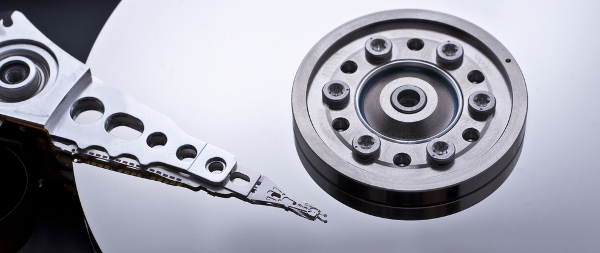Seagate promises quantum leap in storage: 2TB laptop drives

Seagate, the world's number two hard drive maker by market share, announced on Monday that it had achieved the 1 terabit per square inch data density milestone, with a demonstration unit utilizing heat-assisted magnetic recording (HAMR.) Still very early in its development, Seagate said this technology will not be utilized in commercial storage solutions until some time "later in this decade."
Current HDDs utilize the technology known as Perpendicular Magnetic Recording (PMR,) which was first introduced in late 2005 as a replacement for the original longitudinal recording method that had been in use since the advent of spinning hard drives. Toshiba was the first HDD maker to release its PMR drives, with Seagate and Hitachi following suit.
Seagate expects PMR to reach its capacity limit of 1 terabit per square inch in the next few years.
With HAMR technology, however, Seagate has already achieved a linear bit density of about 2 million bits per inch, aka 1 terabit per square inch. This is some 55 percent higher than today’s areal density ceiling of 620 gigabits per square inch, and Seagate says the first generation of HAMR drives will easily double this maximum capacity.
The company says the first-gen HAMR drives will be 6 TB in the 3.5-inch profile and 2 TB for the 2.5-inch profile. The theoretical areal density limit ranges from 5 to 10 terabits per square inch, or 30 to 60 TB for 3.5-inch drives and 10 TB to 20 TB for 2.5-inch drives.
Photo:Kerostudio/Shutterstock